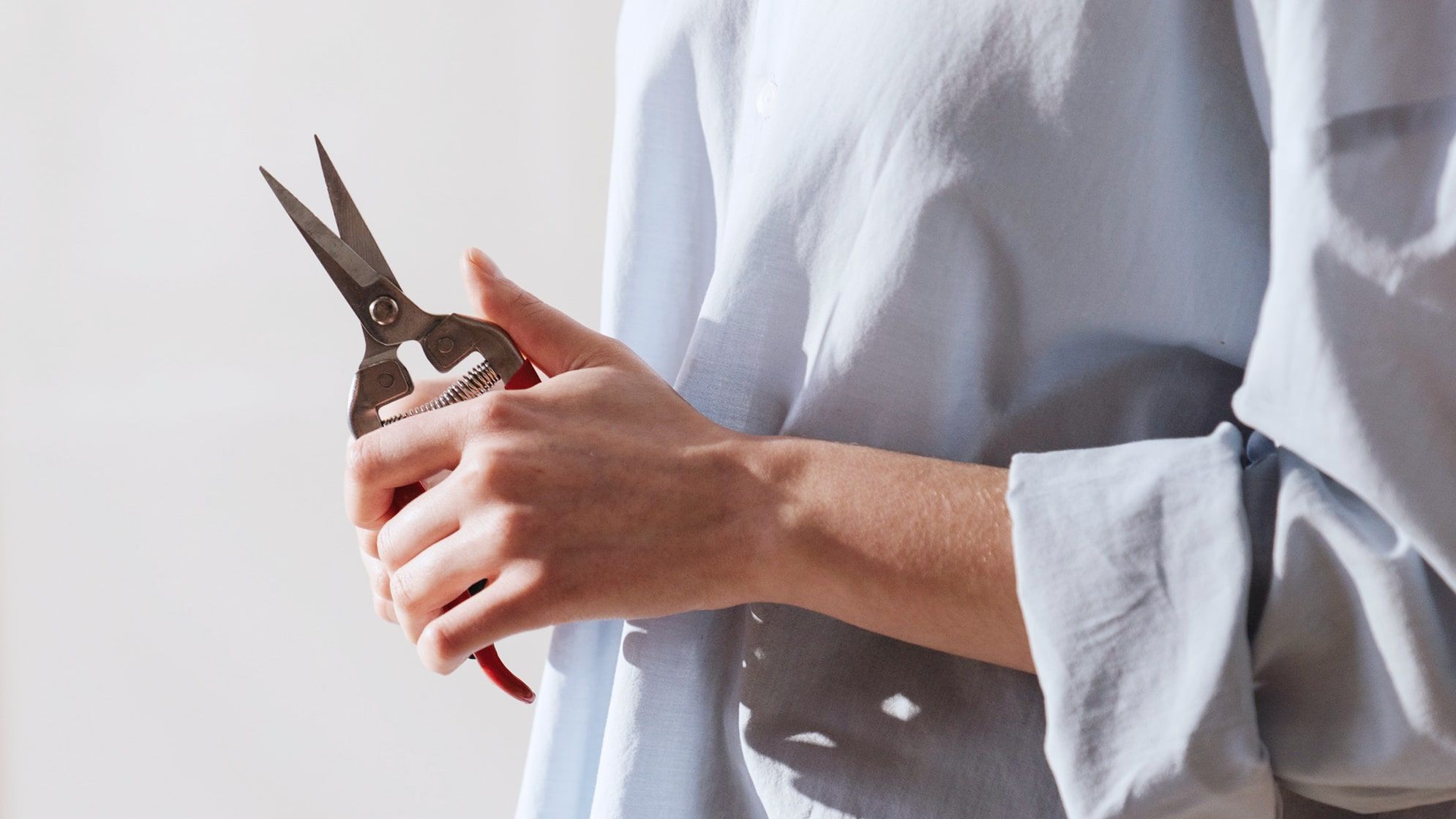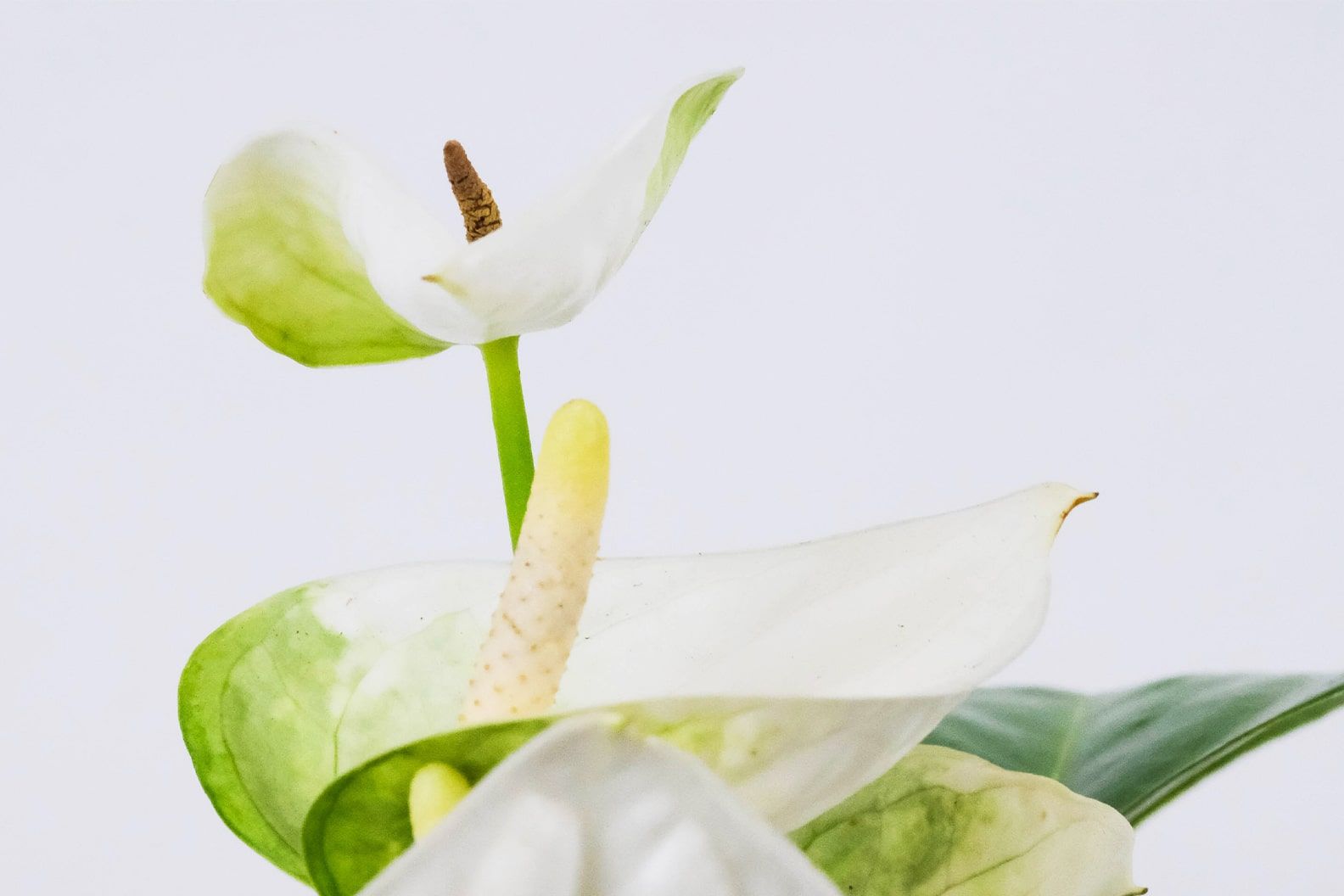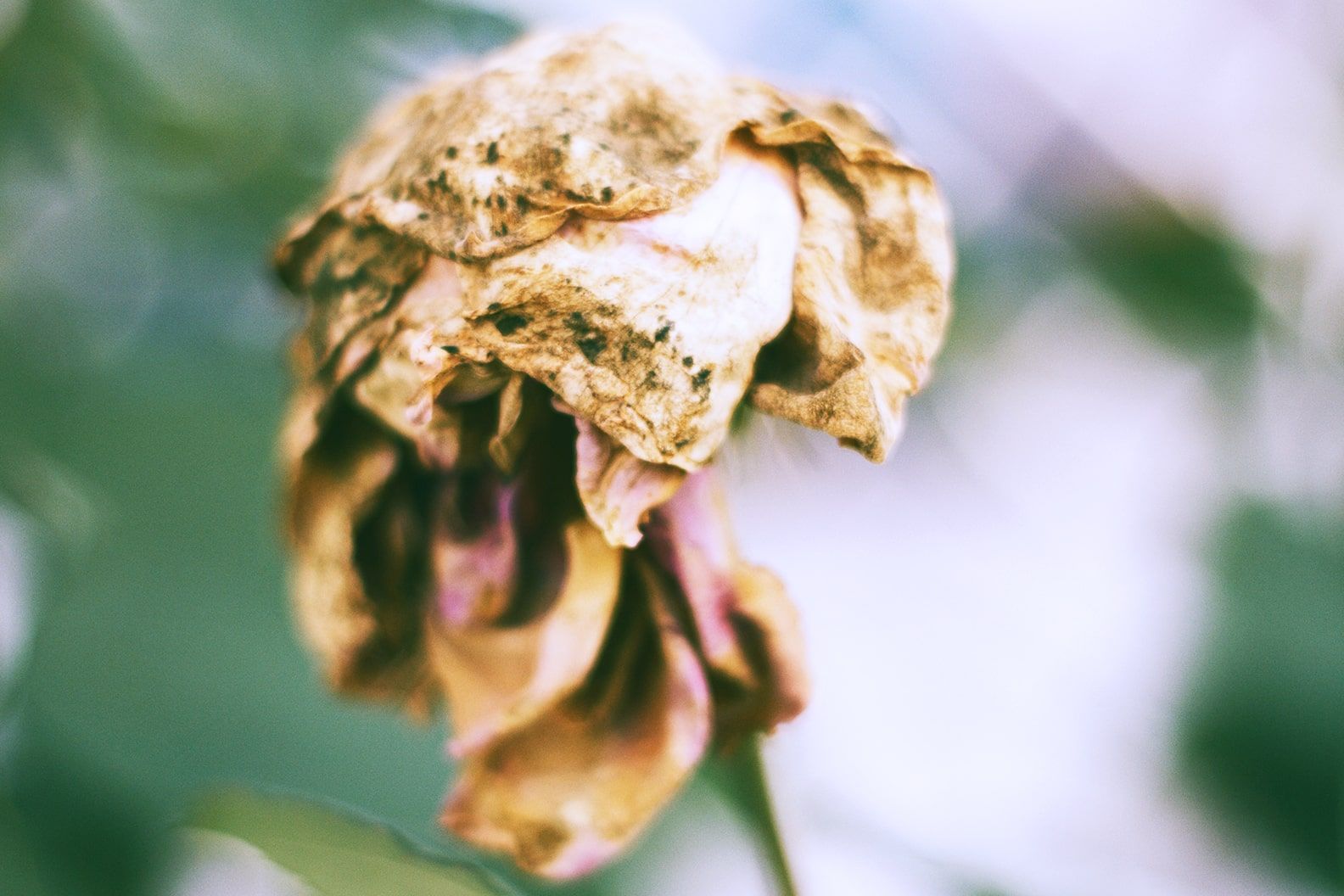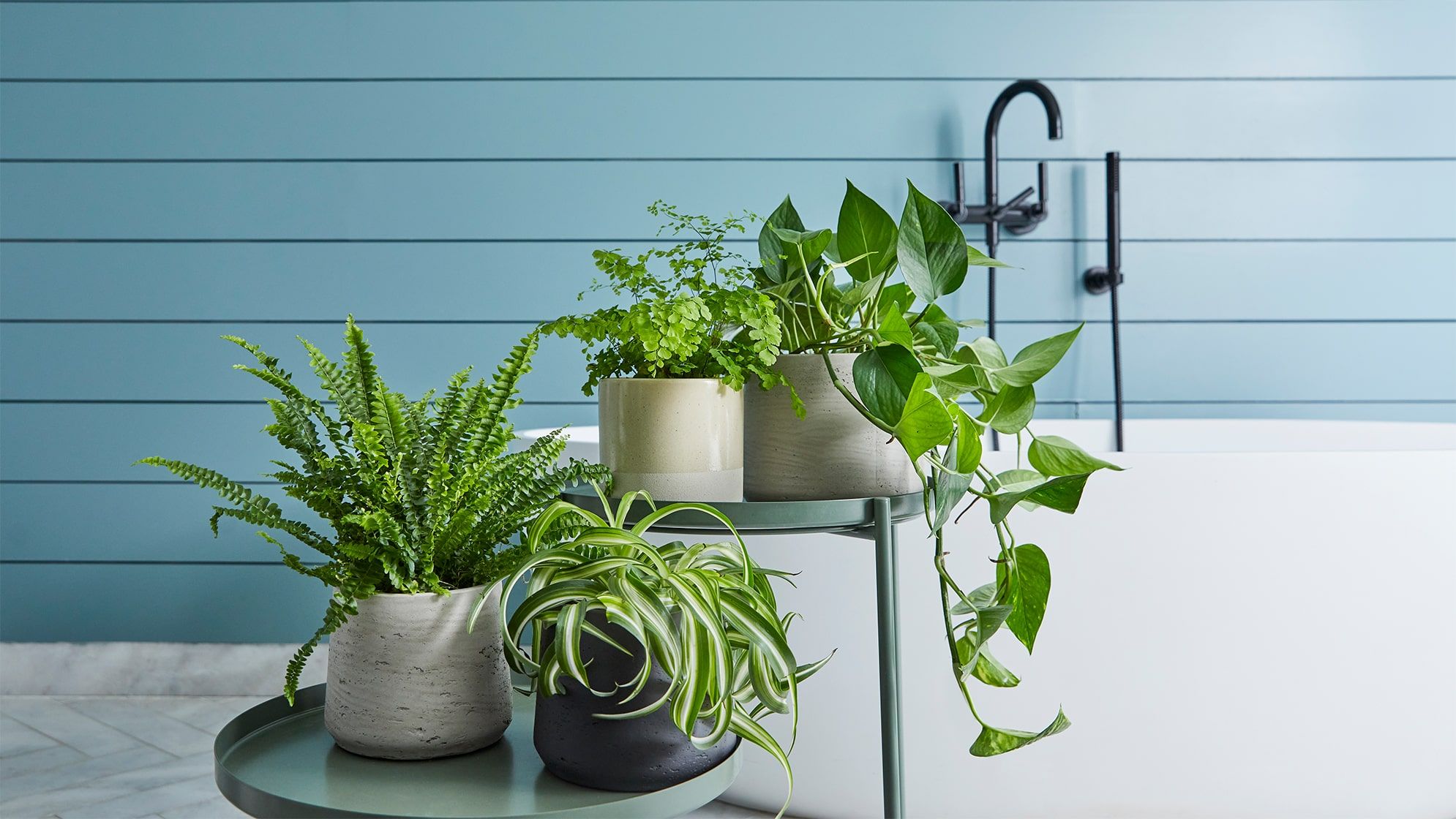How do I deadhead my plants?
Deadheading simply means removing wilted flowers from your indoor and outdoor plants. It’s good for your plants and will usually result in even more flowers.

Deadheading may sound a bit sinister, but it just means removing dead flowers from your plant, to make way for new ones. In most cases, you can just pinch or snip off old, wilted flowers to encourage new ones to replace them.
Why should you deadhead flowers?
Flowers often don’t live very long. Once a flower has lived its life it will wilt and usually go brown. For a lot of outdoor plants, once their flowers have died they’ll start putting their energy into producing seeds. Flowers are much prettier than seedheads, so you want your plant to flower for as long as possible.
By removing spent flowers, you’ll encourage your plan to keep blooming until the flowering season is over.
For indoor plants, which are less likely to produce seed, dead flowers should be removed more for aesthetic reasons. You don’t want to look at shrivelled brown stalks.

When should you deadhead?
You should deadhead throughout your plants’ flowering season. When you see that flowers have wilted, remove them.
In the summer, if you have a lot of outdoor plants this can seem a daunting task, so just do it whenever you have a spare few minutes. It can be very relaxing. Your plants won’t suffer if you don’t deadhead them immediately.
How do you deadhead?
There are different ways to deadhead depending on the plant, but they’re all easy.
Deadheading tender plants
These are plants with soft stems, i.e. the sort you can break with just your fingers. Plants like geraniums and alstromeria.
To deadhead them, just pinch off dead flowers with your thumb and forefinger.
Deadheading roses
Roses are gorgeous bloomers, but their stems are too tough and spiky to pinch. You can trim off dead flowers with secateurs or snap off spent flowers just below the flower head. Just be careful of thorns.
Woody-stemmed plants
These are plants with tougher stems, like chrysanthemums. You’ll need some secateurs for this. How to deadhead perfectly will depend on the type of plant, but as a rule of thumb you should cut back to a growth point. That means anywhere on the stem where a new leaf or bud is emerging. Cut just above there and you’ll encourage new growth.

How do you deadhead indoor plants?
For most indoor plants, follow the same rules. For plants with small, soft flowers, like the lipstick plant, just pinch off any dead blooms. For plants with flowers on stiffer stems, like the peace lily or anthurium, cut dead flowers right back to the base of the plant.
What happens if you don’t deadhead?
It won’t cause any harm if you leave dead flowers on the plant. It will just look pretty unattractive and will shorten the flowering season of your plant.
Toward the end of the growing season you might want to leave your plant to grow seed heads, if its seed heads are pretty. Otherwise, removing all the old, dead growth will help it preserve its energy, so you’ll get an even stronger plant next year.
Rewild your inbox
Plant tips. Special offers. No spam.
You might like

Complete guide to pruning
A regular haircut keeps plants neat

How to make your indoor plants flower
Keep them blooming all through summer

Decorate your bathroom with plants
It’s their favourite room to live in
